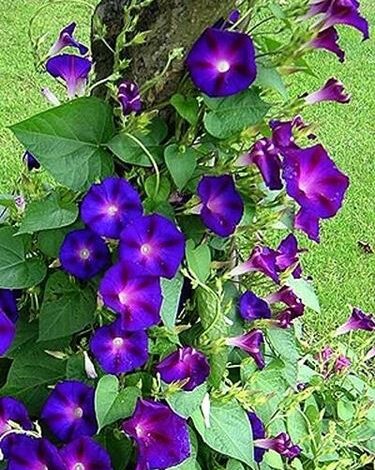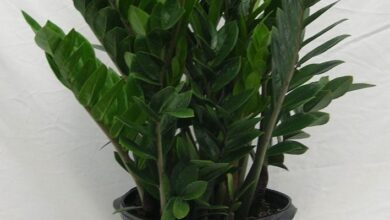Hypomea

Tropical charm

Cultivation

Since the hypomea is a plant with the typical characteristics of tropical species, cultivation in Italy is not impossible, but it requires attention, including the possibility of protecting the plant from too harsh climates. For this reason, the morning glory is widespread above all for cultivation in pots and in apartments. However, the plant must be placed in a position that still allows it to receive a lot of light, in order to grow and develop without excessive problems. A bright location will favor a more luxuriant and more beautiful flowering, while the plant will also benefit in health. A very important element for the good health of the hypomea is water, which must never be in short supply: the plant requires frequent watering and also frequent nebulization of the leaves, while taking care not to mist the flowers too much. In general, the morning glory does not tolerate low temperatures, while it does not have too much difficulty in facing the higher summer temperatures. The development of the plant and its flowering can also be favored by the regular use of fertilizer, throughout the period of recovery of the vegetative cycle, in order to enrich the soil with the most important nutrients for the plant, such as nitrogen and potassium. Fertilization can instead be suspended in the dormant period of the hypomea, when the plant will need less nourishment to live. The development of the plant and its flowering can also be favored by the regular use of fertilizer, throughout the period of recovery of the vegetative cycle, in order to enrich the soil with the most important nutrients for the plant, such as nitrogen and potassium. Fertilization can instead be suspended in the dormant period of the hypomea, when the plant will need less nourishment to live. The development of the plant and its flowering can also be favored by the regular use of fertilizer, throughout the period of recovery of the vegetative cycle, in order to enrich the soil with the most important nutrients for the plant, such as nitrogen and potassium. Fertilization can instead be suspended in the dormant period of the hypomea, when the plant will need less nourishment to live.
Diseases and parasites

Hypomea is a plant resistant to parasitic attacks, although it requires a humid environment that could favor its development. The main enemy of this tropical plant, however, is the lack of attention to the climatic and environmental conditions necessary for its correct development. These can weaken the plant, and consequently make it more sensitive to parasitic attacks. Whatever the current problem, the first sign of suffering on the part of the plant will be to be found in the leaves: poor development and yellowing leaves, which tend to fall, will be a clear sign of unsuitable cultivation conditions for the plant. To remedy it, it will be necessary to identify the problem, which could be related to scarce or too abundant blooms, or to excessive exposure to direct sunlight, that could burn the leaves and flowers. The presence of small dark spots, on the other hand, could indicate the presence of an ongoing parasitic infestation. In this case, chemical intervention may be indispensable, especially if the presence of parasites is widespread; if, on the other hand, the problem can be identified at an early stage, it will be sufficient to eliminate the few parasites present with a cotton swab soaked in alcohol, taking care to eliminate the presence of any parasite, to avoid that the spread can take place again within a short time, causing further suffering to the plant. especially if the presence of parasites is widespread; if, on the other hand, the problem can be identified at an early stage, it will be sufficient to eliminate the few parasites present with a cotton swab soaked in alcohol, taking care to eliminate the presence of any parasite, to avoid that the spread can take place again within a short time, causing further suffering to the plant. especially if the presence of parasites is widespread; if, on the other hand, the problem can be identified at an early stage, it will be sufficient to eliminate the few parasites present with a cotton swab soaked in alcohol, taking care to eliminate the presence of any parasite, to avoid that the spread can take place again within a short time, causing further suffering to the plant.
Hypomea: Poisonousness

Hypomea is a very characteristic plant not only because of its splendid blooms, but also for its various uses. Some species are used in cooking: the bulbous parts are used as a substitute for potatoes, while there are aquatic species of which the areas are exploited. Be careful, however, in handling the seeds of the hypomea: they contain lysergic acid in quantities such as to be harmful to humans and cause hallucinations, cramps, with visual and auditory effects very similar to those of hallucinogenic acids: even the damage caused to the organism are similar and for this reason the use and the contact must be carefully avoided. Since reproduction occurs mainly by seed, it is essential to carry out these operations with the utmost attention and using gloves,

